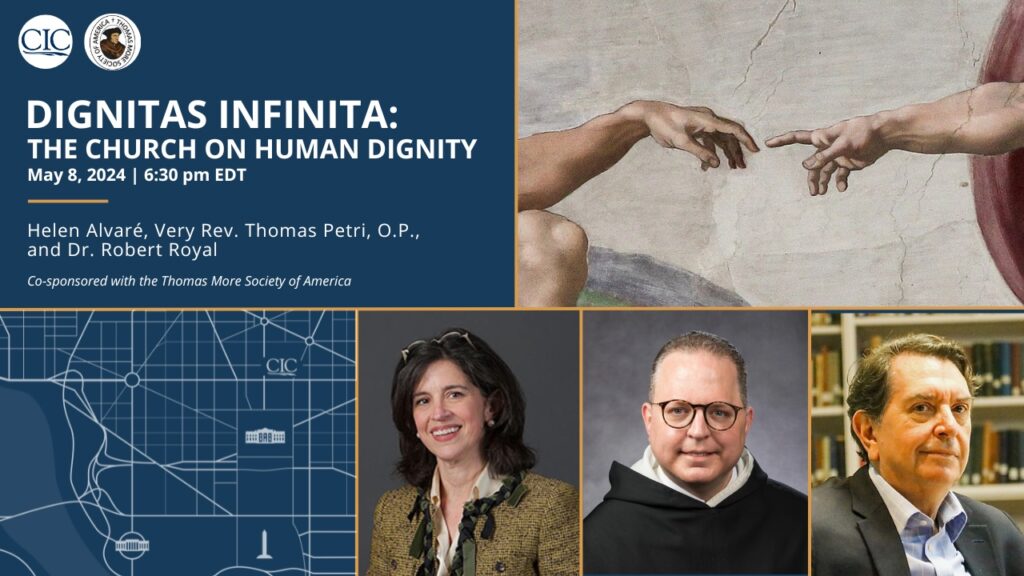Father Marko Rupnik’s work reminds me of the art attributed to Walter Keane, the American artist who was popular in the 1960s. His paintings of big-eyed girls and women, and of animals remain enduringly popular on posters, prints, and plates.
Keane and Rupnik are also alike in being frauds. In Keane’s case, he took credit for work actually painted by his wife, Margaret. In Rupnik’s case, the fraud was more moral and canonical; he’s been credibly accused of being a serial fornicator and a kind of spiritual rapist.
We could categorize the artistic work of both Keane and Rupnik as “Naïve.”
That term is defined by the Tate – London’s leading museum of modern art – as “simple, unaffected and unsophisticated. . .art made by artists who have had no formal training in an art school or academy.” This doesn’t mean Naïve art cannot be great. Among the artists lumped into the category are Henri Rousseau and Anna Mary Robertson, aka “Grandma” Moses.

The best that can be said of Rupnik’s paintings and mosaics is that they’re a cut above the Prop Art (my coinage for propaganda art) of another religious, Sister Corita Kent, the “poster girl for Vatican II,” whose screen-print screeds were popular with hippies in the 1960s: (War is not healthy for children and other living things.)
The work of Rupnik and Kent is better termed graphic design – with anodyne messages and images meant to affect the viewer in exactly the way clever advertising does. There’s little subtlety in their work.
In Kent’s case, she used the imagery of commercialism to criticize commercialism, including appropriating a Del Monte Foods ad for canned tomatoes in her 1964 serigraph, the juiciest tomato of them all, the title being a reference to the Mother of God.
Rupnik, on the other hand, has been more sacrilegious in his behavior than in his Naïve art. Much has been made of his sexual excesses and justly so. But wait, some may say, Caravaggio, Michelangelo, and Da Vinci were all fornicators – and worse! Maybe yes, maybe no, but none of them was a Catholic priest. Plus, they were geniuses. And it’s doubtful their sins were ever worse than Rupnik’s, except, perhaps, Caravaggio’s murder of Ranuccio Tommasoni.
Consider the fact that Rupnik had suborned to silence a novice nun after sacramentally absolving her of the sexual sins he and she had committed together. There is no dispute about this. And it’s just the most egregious of the assaults he is accused of committing against his priestly vows.

The incident with the novice happened in 2015 and unquestionably resulted in Rupnik’s laetae sententiae excommunication. In 2020, the Jesuits – Rupnik’s religious order – formally expelled him, and the Congregation for the Doctrine of the Faith excommunicated him. That was in May. Also in May, the excommunication was lifted, presumably because Rupnik had repented. Excommunication is, after all, a medicinal penalty – if you take your medicine, so to speak, spiritual health may be restored.
But the restoration of access to the sacraments does not ipso facto demand the rehabilitation of ministry. And there are any number of other priests who have been either laicized or ordered to a monastery to spend the rest of their lives in prayer and penance – in some cases for less notorious canonical crimes than those Rupnik has committed. And given the level of public scandal involved in Rupnik’s crimes, it’s difficult to understand why such penance has not been imposed on him.
Or. . .why he still clearly commands the favor of Pope Francis and others in the Vatican, which he must, since it was recently revealed he is a contributor to the 2024 Vatican Yearbook.
The speed with which Rupnik’s excommunication was lifted may suggest the pope intervened directly on his friend’s behalf, although it’s important to note that Francis has denied he interceded. Of course, sometimes people who work for a pope know what he wants without the boss having to say a word.
Decisions to remove or retain Rupnik’s art – at the Basilica of the Sanctuary of Lourdes in France, or at the Redemptor Hominis chapel of the National Shrine of St John Paul II in Washington, D.C., or anywhere else – are decisions that ought not to come down from on-high.
I’d argue that subsidiarity applies to artistic and cultural judgments as clearly as it does to political and economic ones.

Indeed, I think it’s perfectly appropriate 1) to destroy whatever is ugly – acknowledging that this is an aesthetic matter; or 2) to demolish what is old and unsafe if it cannot be rehabilitated through restoration. (And sometimes it’s good to do 2 when 1 prevails.) Beauty ought always to be our guide.
Beauty and an artist’s technical skills, including composition, are what matter. By that standard, it’s hard to know why Rupnik’s mosaics and paintings ever won anybody’s respect. His work is instantly recognizable because every banal face he ever created looks the same, much like the faces painted by Margaret Keane.
Mrs. Keane got justice against her abuser. After the Keanes divorced, Walter continued to take credit for all those paintings of wide-eyed girls, until Margaret sued him. In a most extraordinary, even Solomonic, courtroom decision in 1986, a federal judge in Honolulu ordered them to paint pictures in the courtroom, so the members of the jury could assess who was the real painter.
In less than an hour, Margaret succeeded. Walter had refused to paint at all, claiming an injured shoulder. The jury awarded Margaret $4 million and a copyright to all the paintings.
At this point, it seems unlikely Rupnik’s victims will find justice, although one or more of these women have legal representation by Laura Sgrò, Italy’s Gloria Allred, so civil penalties may yet come down.
__________
You may also enjoy:
Adam A.J. DeVille Recovering and Recreating the Institutions We Need
Brad Miner Our Heritage of Beauty
















